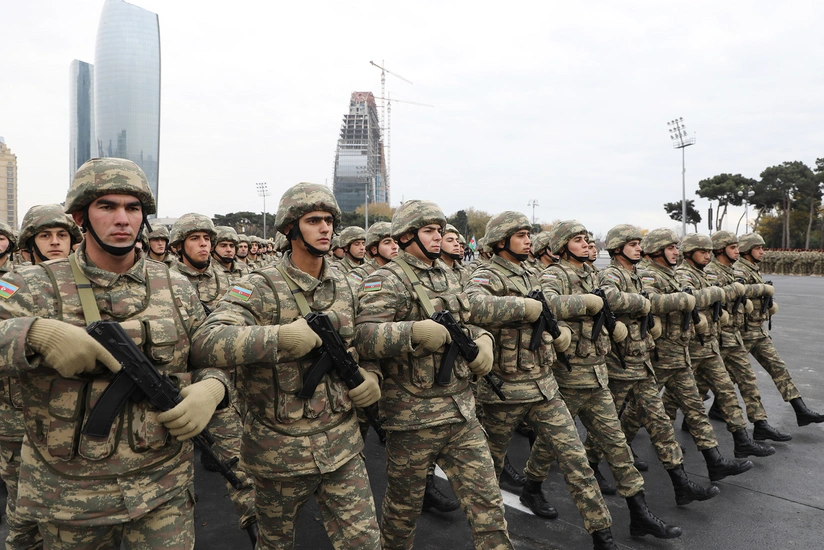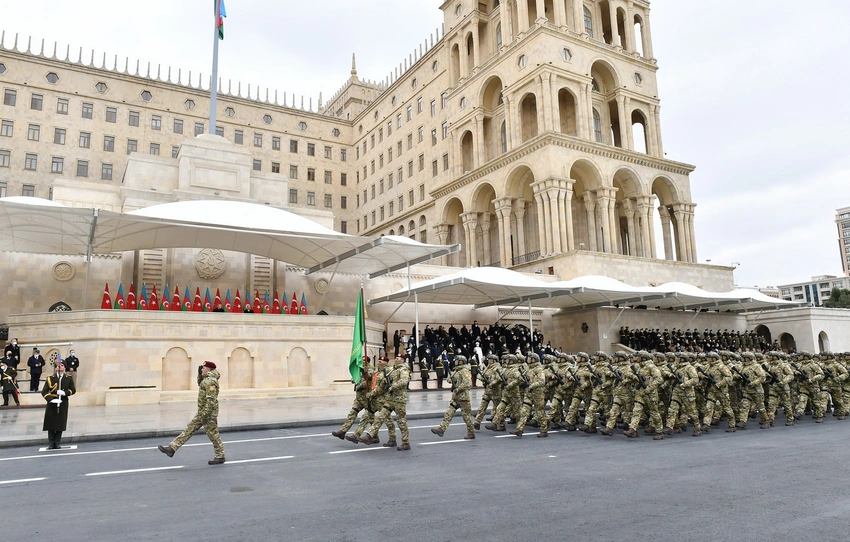Western media talk on might of Azerbaijani Armed Forces and new realities in region
- 09 September, 2021
- 12:01

The 44-day Patriotic War restored justice, as well as the international rights of Azerbaijan.
Azerbaijan, the territories of which were under Armenian occupation for many years and which showed strategic patience for the peaceful resolution of the conflict, eventually ensured its territorial integrity within the international law, alone, at the expense of the ‘Iron Fist,’ the courage of its armed forces, the heroism of its sons, whose hearts are filled with love for homeland.
So, even those who, over the past 30 years, turned a blind eye to the continuing military occupation of Azerbaijan by Armenia, encouraged Armenian lies, weren’t to make illegal visits to the occupied Azerbaijani territories, today cannot fail to notice the new realities that have arisen as a result of Azerbaijan’s victory in the Second Karabakh War. These persons, demonstrating one-sidedness, bias, boundless ‘love for the Armenians,’ recognize the power of the Azerbaijani army and even assess these new realities as ‘the emergence of new powerful states that will challenge the military superiority of the West.’
In this regard, one cannot but pay attention to an article by researchers Pierre d’Herbes and Charles de Blondin, who take a pro-Armenian stance, recently published on the famous Swiss website Le Temps.
This article, demonstrating a traditionally biased position, describes in detail the combat skill of the Azerbaijani Armed Forces, the new geopolitical realities created by Azerbaijan’s victory in the Patriotic War, and the strength of the Azerbaijani army.

The article emphasizes that in recent years, new power states have emerged that can challenge the military superiority of the West and that in response, the French army has created a new set of doctrines.
It is also noted that the difference in defense budgets between Azerbaijan and Armenia was decisive, and the range of combat capabilities of the Armed Forces of Azerbaijan was broader and more flexible.
In addition, it is also stressed that Azerbaijan’s success has been achieved mainly thanks to a modern networked command and control structure that unites integrated air defense, missile defense, aerospace-based reconnaissance, and surveillance systems. It is emphasized that this, in turn, made it possible to effectively and efficiently use different types of unmanned aerial vehicles (tactical, strategic, etc.) for various kinds of operations (reconnaissance and surveillance, tactical bombing, support for ground forces).
The article notes that airstrikes became decisive during the war, and drones were more important than combat aircraft in these types of strikes.

Also, stressing that from the first days of the war, the destruction of enemy air defense systems was a priority for the Azerbaijani Armed Forces, it was noted that the air defense systems of the Armenian side were poorly protected, and the Armenian formations very soon found themselves defenseless against air attacks.
The study’s authors note that the ineffectiveness of the command and control abilities of the Armenian side revealed shortcomings in the decision-making process. It is noted that the losses of the Armenian forces were very great. They lost several hundred guns, vehicles, and tanks.
The article says that Western states are no longer the only users of high-tech weapons and that Azerbaijan has military capabilities that can respond to a broader range of operations than many EU countries. It is emphasized that Azerbaijan has an army that can theoretically defeat the armed forces of most European countries in the conflict, except for France and the UK.
